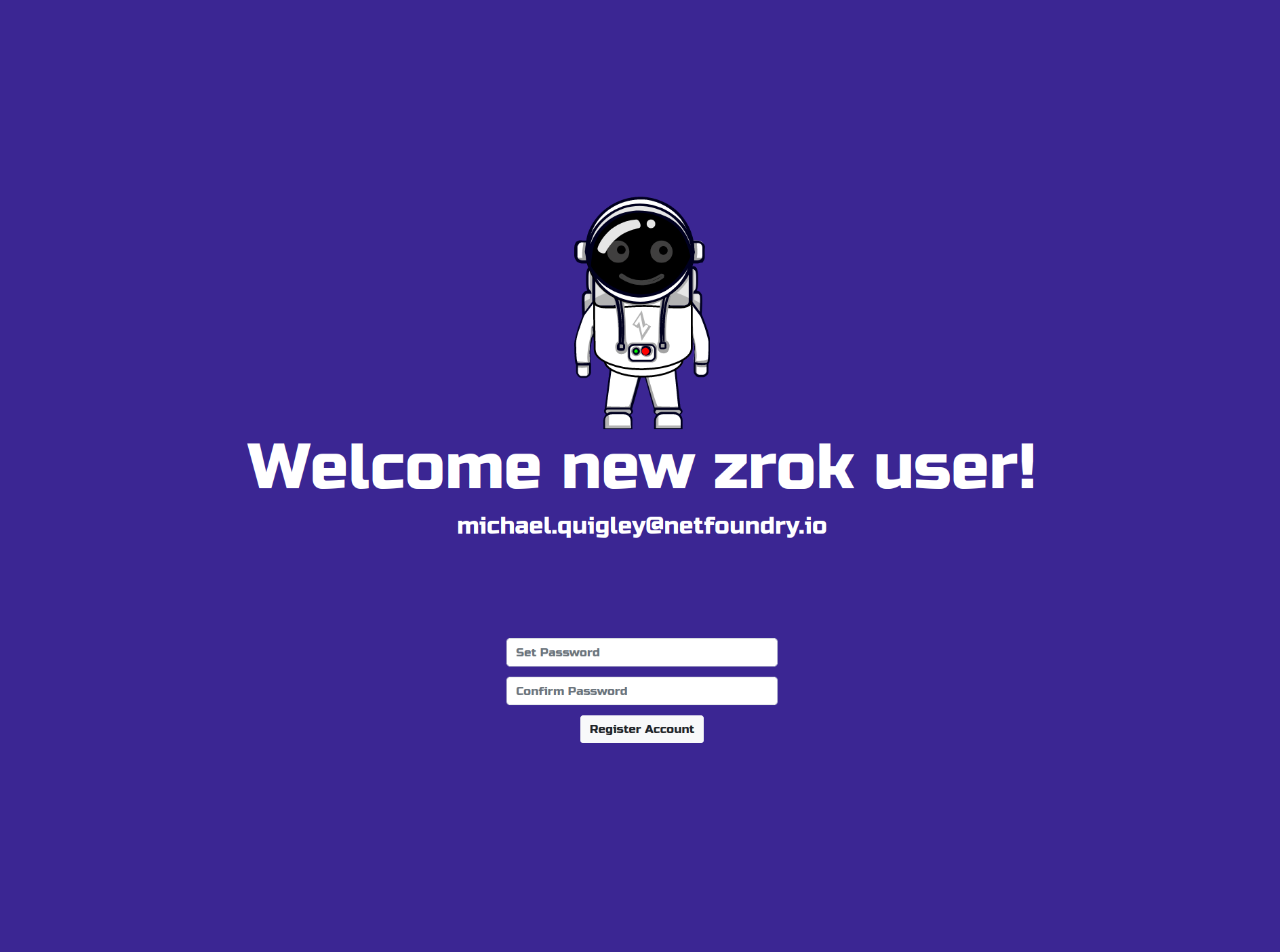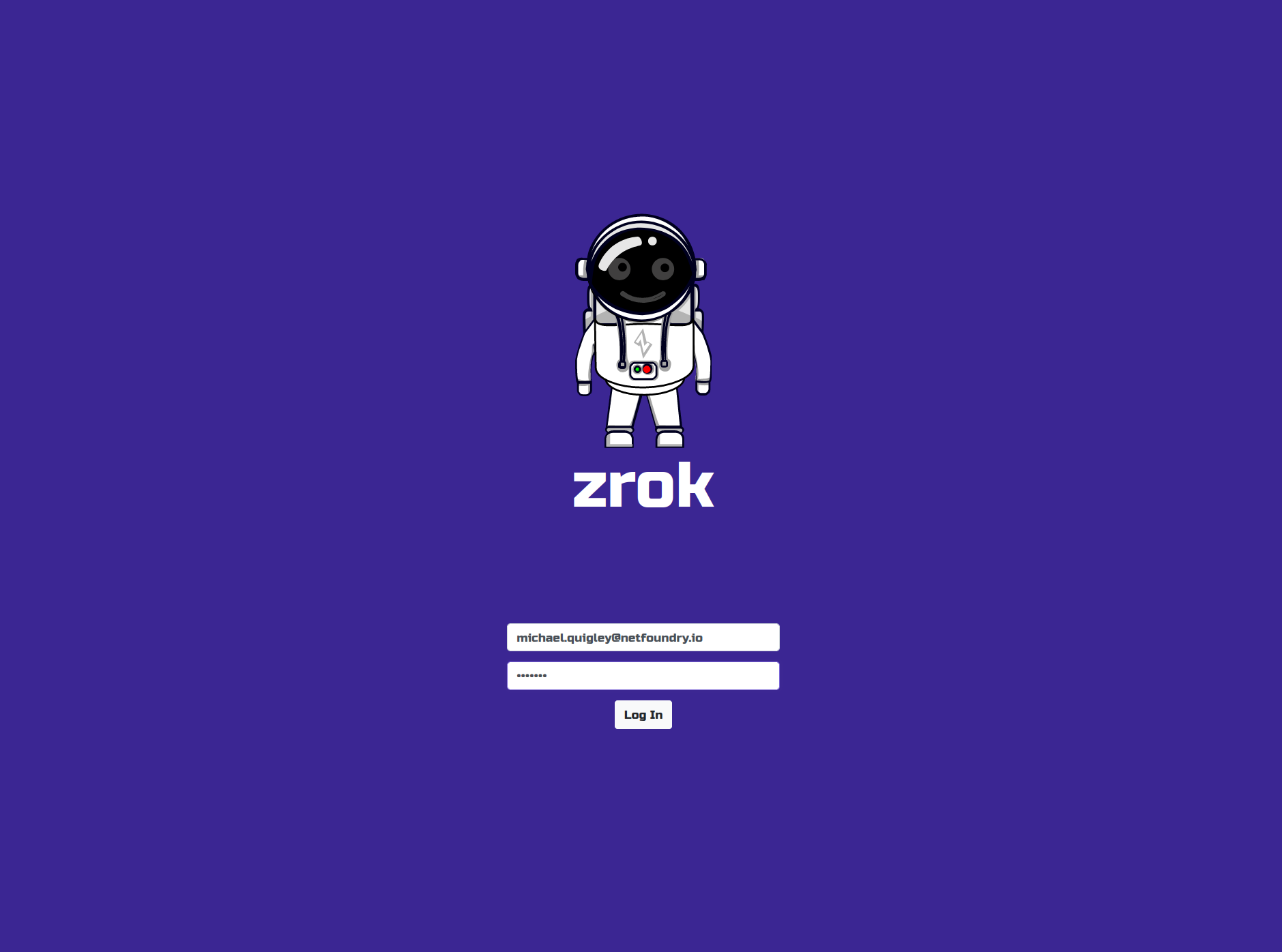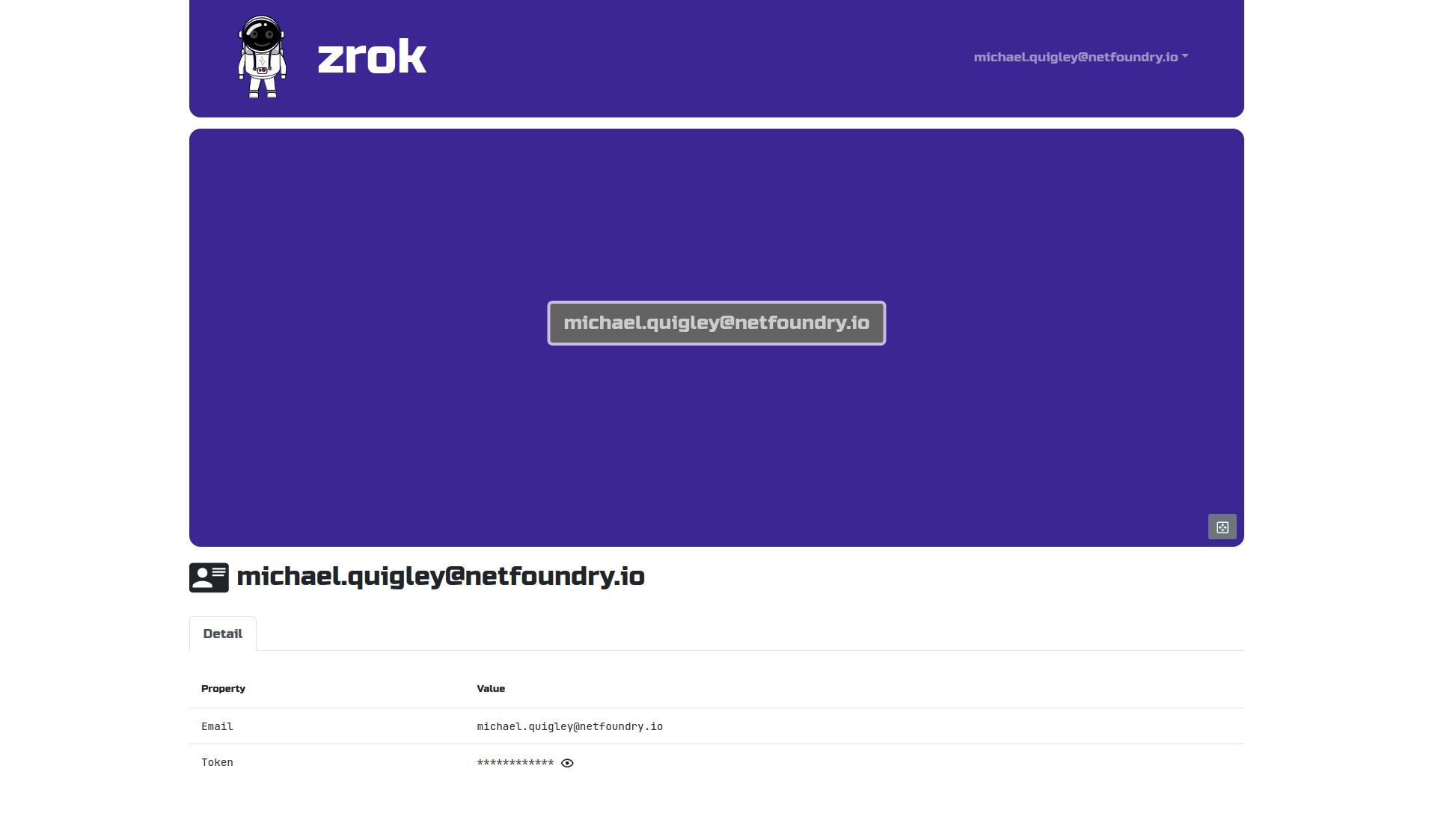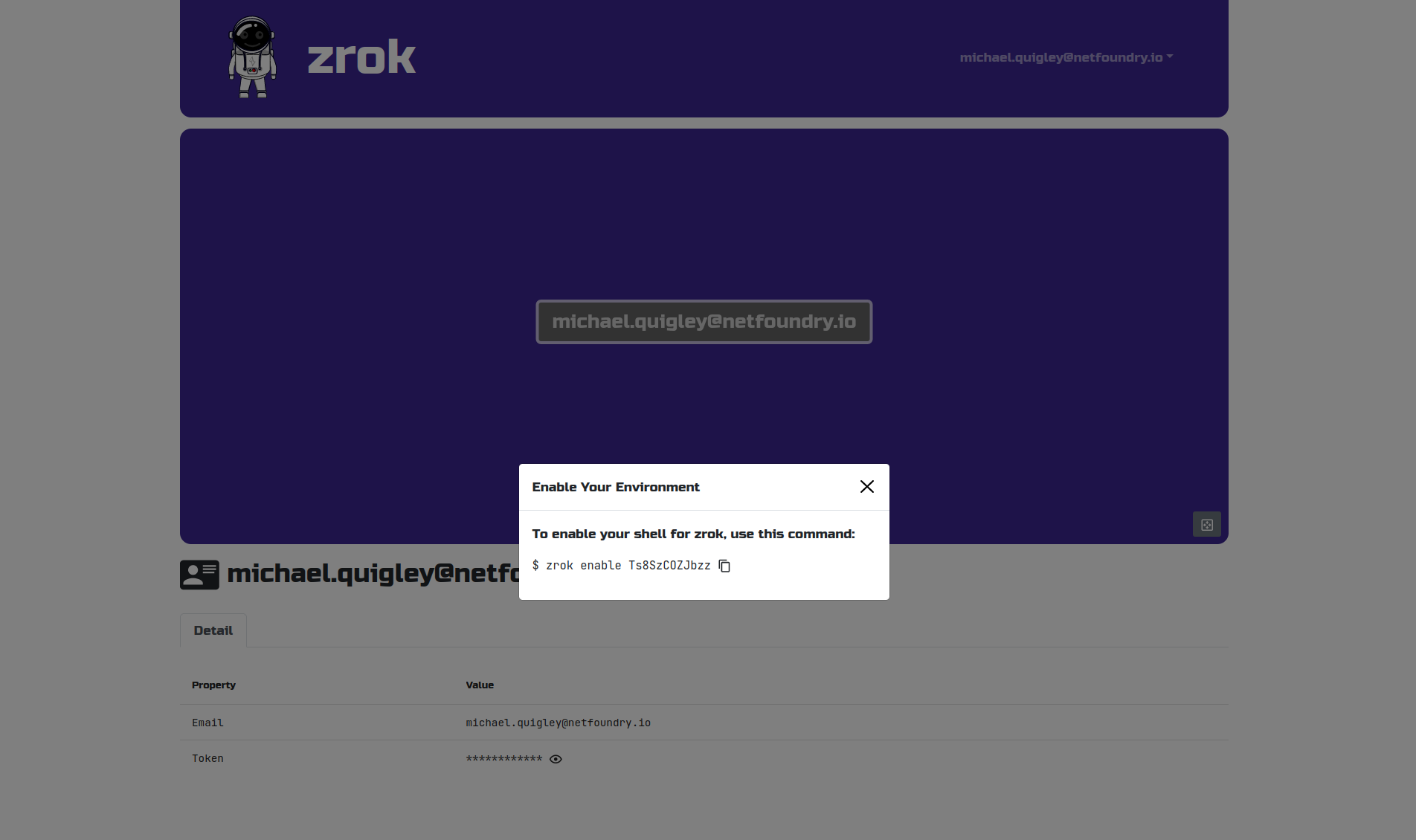8.2 KiB
Getting Started with zrok v0.3
zrok is a next-generation sharing platform built on top of Ziti, a programmable zero trust network overlay. zrok is a Ziti Native Application.
zrok facilitates sharing resources publicly and privately with an audience of your choosing.
As of version v0.3.0, zrok provides users the ability to publicly proxy local http/https endpoints (similar to other players in this space). Additionally, zrok provides the ability to:
- privately share resources with other
zrokusers; in private usage scenarios, your private resources are not exposed to any public endpoints, and all communication is securely and privately transported betweenzrokclients - use
websharing; easily share files with others using a singlezrokcommand
Let's take a look at how to get started with zrok.
Downloading zrok
In order to use zrok, you will need a zrok executable. Download a binary executable package for your platform at https://zrok.io/download.
Extract zrok Distribution
Move the downloaded zrok distribution into a directory on your system. In my case, I've placed it in my home directory:
$ l zrok*
-rwxr-xr-x 1 michael michael 12724747 Jan 17 12:57 zrok_0.3.0-rc1_linux_amd64.tar.gz*
Create a directory where the extracted distribution will sit:
$ mkdir zrok
$ cd zrok/
Extract the zrok distribution:
$ tar zxvf ../zrok_0.3.0-rc1_linux_amd64.tar.gz
CHANGELOG.md
README.md
zrok
Add zrok to your shell's environment.
For Linux or macos:
$ export PATH=`pwd`:$PATH
For Windows (using Command Prompt):
> set PATH=%CD%;%PATH%
For Windows (using PowerShell):
$env:path += ";"+$pwd.Path
With the zrok executable in your path, you can then execute the zrok command from your shell:
$ zrok version
_
_____ __ ___ | | __
|_ / '__/ _ \| |/ /
/ /| | | (_) | <
/___|_| \___/|_|\_\
v0.3.0-rc1 [0d43b55]
Configure Your zrok Service
zrok is both an installable utility that you interact with from your local computer, and also a service that exists on the network. NetFoundry operates the service that is available at api.zrok.io, but because zrok is open source and self-hostable, you're free to create your own zrok service.
The zrok executable defaults to using the zrok service at api.zrok.io. Should you need to change the service endpoint, you can do that with the following command:
$ zrok config set apiEndpoint https://staging.zrok.io
[WARNING]: unable to open zrokdir metadata; ignoring
zrok configuration updated
The
WARNINGaboutzrokdir metadatais ignorable. Running thezrok config setcommand writes a small piece of metadata into a.zrokfolder inside your home directory. This allowszrokto identify the version of its settings, providing a mechanism to upgrade your installation as new versions are released.
You can use the zrok status command to inspect the state of your local shell. zrok refers to each shell where you install and enable a copy of zrok as as an "environment".
$ zrok status
Config:
CONFIG VALUE SOURCE
apiEndpoint https://staging.zrok.io config
[WARNING]: Unable to load your local environment!
To create a local environment use the zrok enable command.
The
WARNINGabout beingunable to load your local environmentwill go away once you've done azrok enablefor your shell (we'll get to that below). For now, this warning is ignorable.
The zrok status command shows the configured API service that your environment is using, as well as the "source" where the setting was retrieved. In this case, config means that the setting was set into the environment using the zrok config command.
Generating an Invitation
In order to create an account with the zrok service, you will need to create an invitation.
Some environments take advantage of "invitation tokens", which limits who is able to request an invitation on the service instance. If your service uses invitation tokens, the administrator of your instance will include details about how to utilize your token to generate your invitation.
We generate an invitation with the zrok invite command:
$ zrok invite
enter and confirm your email address...
> michael.quigley@netfoundry.io
> michael.quigley@netfoundry.io
[ Submit ]
invitation sent to 'michael.quigley@netfoundry.io'!
The zrok invite command presents a form that allows you to enter (and then confirm) your email address. Tabbing to the [ Submit ] button will send the request to your configured zrok service.
Next, check the email where you sent the invite. You should receive a message asking you to click a link to create your zrok account. When you click that link, you will be brought to a web page that will allow you to set a password for your new account:
Enter a password and it's confirmation, and click the Register Account button. You'll see the following:
For now, we'll ignore the "enable your shell for zrok" section. Just click the zrok web portal link:
After clicking the Log In button, you'll be brought into the zrok Web Console:
Congratulations! Your zrok account is ready to go!
Enabling Your zrok Environment
When your zrok account was created, the service generated a "secret token" that identifies and authenticates in a single step. Protect your secret token as if it were a password, or an important account number; it's a secret, protect it.
When we left off you had downloaded, extracted, and configured your zrok environment. In order to use that environment with your account, you'll need to enable it. Enabling an environment generates a secure identity and the necessary underlying security policies with the Ziti network hosting the zrok service.
From the web UI, click on your email address in the upper right corner of the header. That drop down menu contains an Enable Your Environment link. Click that link and a modal dialog will be shown like this:
This dialog box shows you the zrok enable command that you can use to enable any shell to work with your zrok account with a single command.
Let's copy that command and paste it into your shell:
$ zrok enable Ts8SzCOZJbzz
⣻ contacting the zrok service...
After a few seconds, the message will change and indicate that the enable operation suceeded:
$ zrok enable Ts8SzCOZJbzz
⣻ the zrok environment was successfully enabled...
Now, if we run a zrok status command, you will see the details of your environment:
$ zrok status
Config:
CONFIG VALUE SOURCE
apiEndpoint https://staging.zrok.io env
Environment:
PROPERTY VALUE
Secret Token Ts8SzCOZJbzz
Ziti Identity X1PJCfYK36
Excellent... our environment is now fully enabled.
If we return to the web UI, we'll now see the new environment reflected in the explorer view:
In my case, the environment is named michael@ziti-li, which is the username of my shell and the hostname of the system the shell is running on.
Should you want to use a non-default name for your environment, you can pass the
-doption to thezrok enablecommand. Seezrok enable --helpfor details.
If you click on the environment node in the explorer in you web console, the details panel showed at the bottom of the page will change:
The explorer supports clicking, dragging, mouse wheel zooming, and selecting the nodes in the graph for more information (and available actions) for the selected node.
If we click on the Details tab for our environment, we'll see something like:
Your environment is fully ready to go. Now we can move on to the good stuff... various types of sharing.







